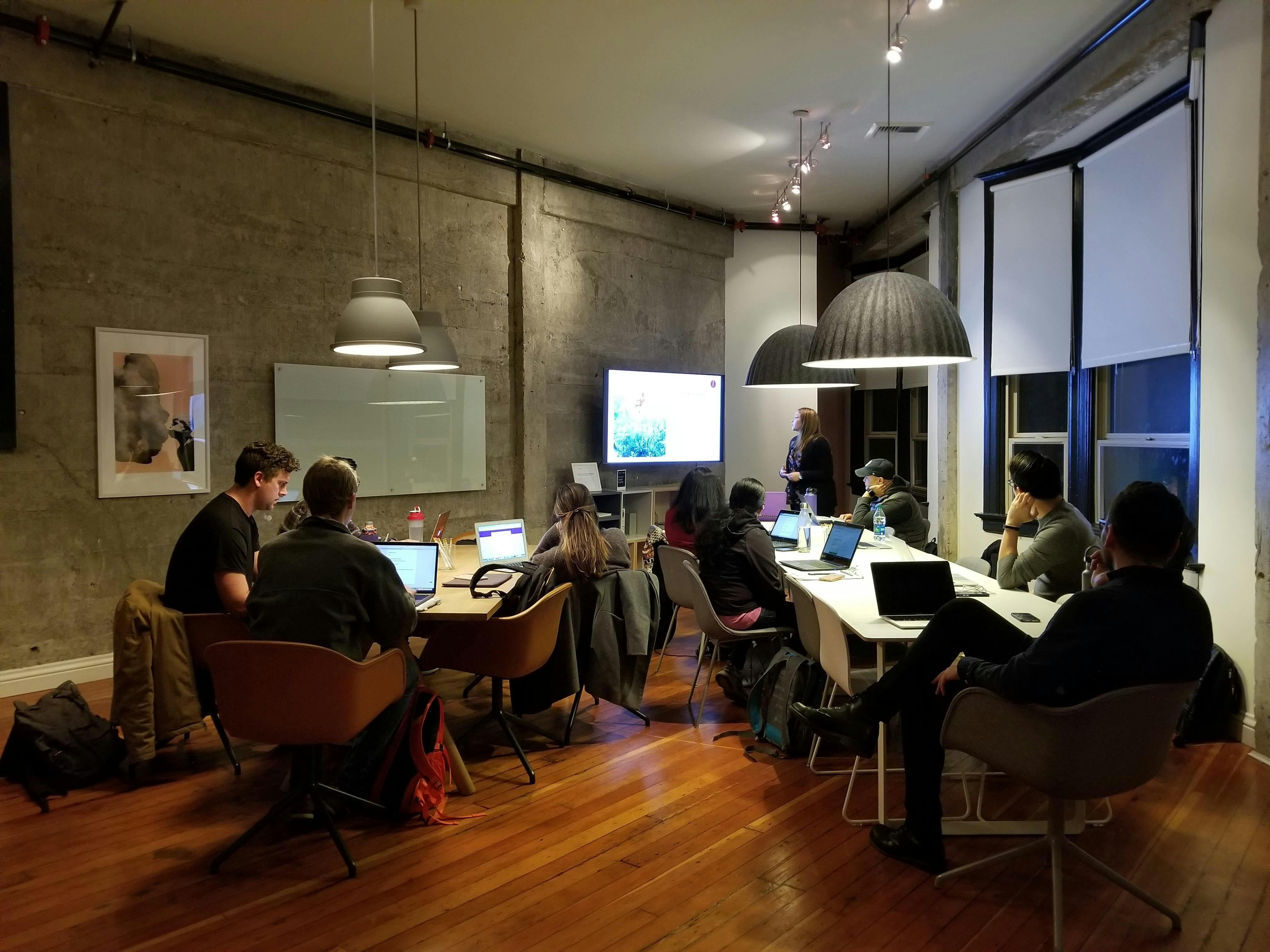
The Best Project Management Tools for Distributed Creative Teams
Designers and collaborators working from different locations often face challenges when it comes to managing tasks, organizing assets, and meeting project deadlines. Choosing the right tool for this dynamic environment can prove difficult, especially when the work requires adaptability and immediate feedback. Teams benefit from features that support shifting schedules and seamless communication, making real-time collaboration essential. For those who manage several projects at once, it becomes important to find platforms that help them work efficiently, streamline their process, and keep things simple—all without sacrificing productivity or clarity.
Advertisement
This guide breaks down must-have features, compares top platforms, and offers practical tips. You’ll learn how to integrate tools with daily workflows and get team members up to speed quickly. By the end, you’ll know which solution aligns with your budget and goals.
Essential Features to Look for in Project Management Tools
- Real-Time Collaboration: Look for live editing, comments, and version control.
- Visual Task Boards: Kanban or Gantt views keep progress visible.
- File Sharing and Storage: Ensure secure uploads and easy access.
- Notifications and Reminders: Automated alerts prevent tasks from slipping.
- Mobile App Support: Teams on the go need full access from their devices.
Clear task assignment reduces back-and-forth messaging. Tools with built-in chat or @mentions focus attention on priorities. You also want custom fields and templates. They adapt the platform to your industry without extra work.
Search functions that filter by assignee, date, or project tag save hours. Multi-language support matters for global groups. Look for secure permissions that let you limit who sees sensitive files.
Top Tools Compared
- Trello:
- Pros: Intuitive drag-and-drop boards, power-ups for extra features.
- Cons: Limited native reporting, can get cluttered on big projects.
- Asana:
- Pros: Custom workflows, task dependencies, robust project templates.
- Cons: Steeper learning curve, advanced features require premium plan.
- ClickUp:
- Pros: All-in-one platform with docs, goals, chat, and time tracking.
- Cons: Too many options can overwhelm new users.
- *Monday.com*:
- Pros: Highly visual, flexible dashboards, automations.
- Cons: Costs rise quickly as you add users or integrations.
Survey results from small teams reveal that 78% prioritize ease of use above all. While advanced features excite tech-savvy groups, simple interfaces lead to faster adoption. Select a tool with templates that match your creative process.
Integrations and Workflow Automation
Automations reduce manual work by routing tasks, sending status updates, and syncing data. Connect your project boards to calendars, chat apps, or CRM systems. For example, set up a Slack notification when a task moves to “Review” to keep everyone informed.
Seek tools that connect with cloud storage services like *Google Drive* or *Dropbox*. This prevents duplicate uploads. You can also link with design software so that file previews appear directly in task cards. Embedding project management tools into existing systems ensures smooth transitions and reduces errors.
Pricing Models and Return on Investment
Most platforms offer tiered plans: free, basic, and premium. Free versions suit very small teams but limit features and user counts. Basic plans typically cost between $8 and $12 per user per month, adding timelines and automation capabilities.
Premium tiers start around $20 per user, unlocking advanced reporting, guest access, and priority support. Encourage your team to trial the mid-level plan first. Measure the return on investment by tracking time saved on status meetings, reduced email threads, and quicker project delivery.
One survey shows that teams decrease project delays by 30% after centralizing tasks. If you bill at $50 per hour, reducing ten hours of delays results in $500 in savings. Compare this amount to your monthly subscription fee to justify the expense.
Tips for Onboarding Your Team
Host a kickoff session to demonstrate features and establish naming conventions. Show how boards correspond to actual tasks and how teammates update statuses. Promote hands-on practice by assigning a mock project within the new tool.
Pair experienced users with newcomers to provide peer coaching. Create short guides or screen recordings covering daily workflows. Allocate time for feedback during the first sprint so you can adjust fields, statuses, or templates accordingly.
Celebrate early wins such as completing a task ahead of schedule or fixing a bug faster than before. Highlight these successes in your team chat to promote good habits. Regular check-ins help identify friction points early and prevent progress from stalling.
Choosing the right platform streamlines decisions and unites creative teams. Match features to your workflow and integrate key apps to boost efficiency.
Advertisement